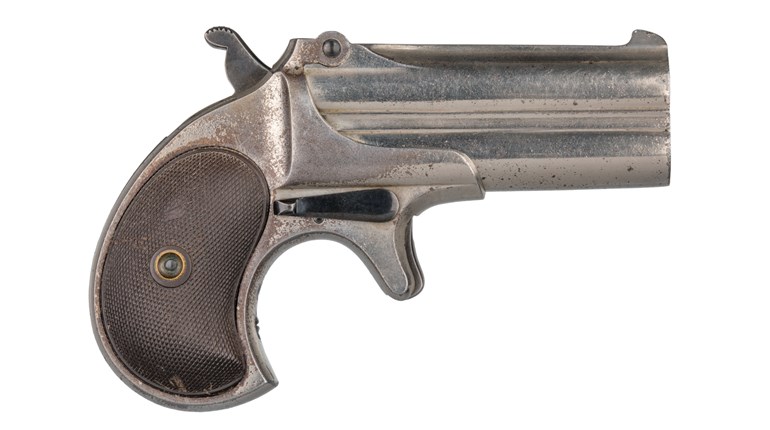
The year was 1917, and in Ilion, N.Y., there was rejoicing. A detailed arms trial was planned for a new pistol that John D. Pedersen had designed for Remington—a semi-automatic .45 that Remington hoped might be considered as a replacement for the issued Colt Model 1911. The U.S. Navy and U.S. Marine Corps came to review Remington’s latest handgun concept for endurance, sand testing and accuracy against the M1911 and another contender, the Grant Hammond pistol. While the newest Remington excelled, and the Navy requested a bid in mid-1918 for producing 75,000 pistols to replace their 1911s, the end of the war was in sight and the projected cost of the new pistol was considerably higher than for the Model 1911. Only this one example of what the U.S. Navy considered “a simple, rugged and an entirely reliable weapon” would survive in the Remington factory collection, and it is now on display at the NRA National Sporting Arms Museum. This pistol was slightly larger than Remington’s existing .32 and .380 semi-automatics, as can be seen when compared with the cutaway pocket pistol.
The NRA National Firearms Museum at NRA Headquarters in Fairfax, Va.; the NRA National Sporting Arms Museum at Bass Pro Shops in Springfield, Mo.; and the Frank Brownell Museum of the Southwest at the NRA Whittington Center in Raton, N.M.; each have fine selections of historic arms on display. Admission to each is free, and donations are gratefully accepted. For more information, visit nramuseums.com, phone (703) 267-1600 or email nfmstaff@nrahq.org. | Photo by MICHAEL IVES


































